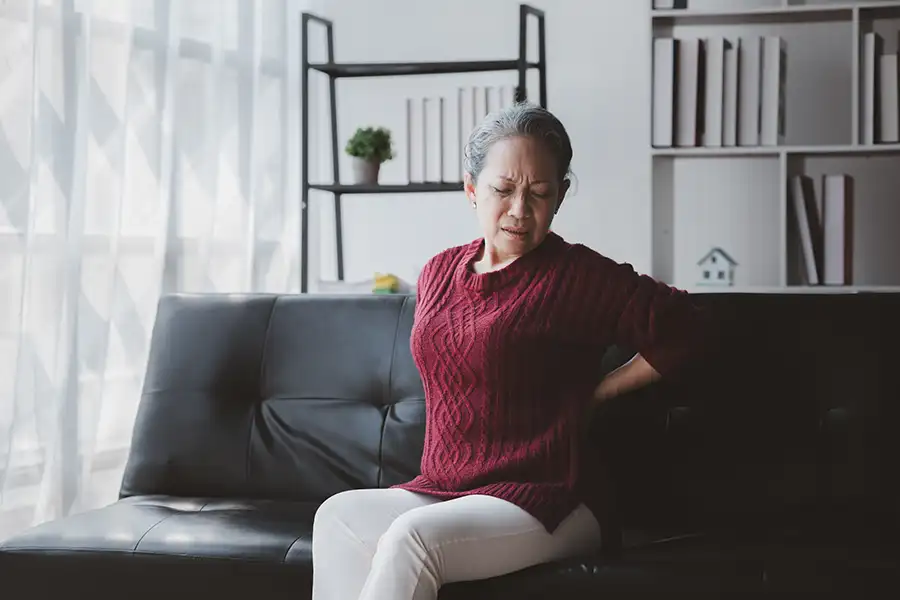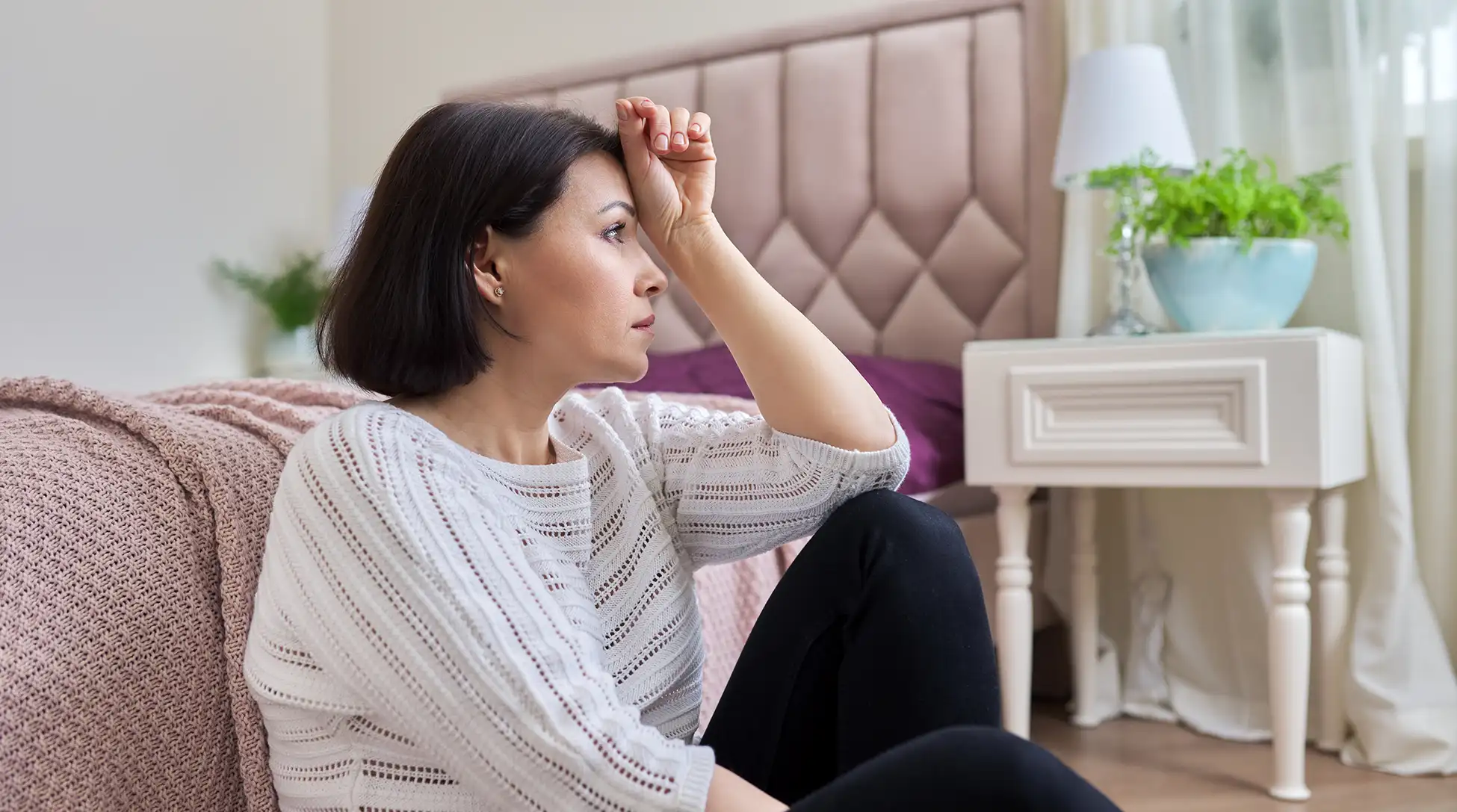There exists a universal truth that threads through the tapestry of human experience: aches and pains are an inevitable companion along our journey through life. They visit us during moments of physical exertion, after the euphoria of a challenging workout, or simply as uninvited guests as we advance in age. Yet, for women, there is a distinct season where these familiar discomforts can intensify: menopause.
Menopause, the natural biological transition marking the end of a woman’s reproductive years, brings forth a constellation of changes that can amplify the frequency and severity of aches and pains. But why, one might ponder, does this particular stage of life seem to cast a more potent spell of discomfort? And more importantly, what can a woman do to alleviate these heightened sensations of pain?
Let us delve into the intricate dance of hormones that occurs during menopause. As the body begins to produce less oestrogen and progesterone, the harmony that once existed within a woman’s system starts to wane. These hormonal fluctuations are akin to a conductor stepping away from the orchestra mid-performance; the result can be a cacophony of symptoms, including joint pain, muscle tension, and general soreness.

Moreover, oestrogen is not merely a reproductive hormone; it plays a pivotal role in maintaining bone density and regulating the inflammatory response. With its decline, bones may become more brittle, and inflammation can increase, leading to conditions such as osteoarthritis, which exacerbates joint pain.
But fear not, for this narrative does not end in despair. There are a myriad of strategies that can be employed to offer solace and relief from these amplified aches and pains. Let us explore some of the avenues that can lead to a more comfortable menopause journey.
First and foremost, an active lifestyle is the cornerstone of pain management during menopause. Engaging in regular physical activity, such as walking, swimming, or yoga, can enhance flexibility, strengthen muscles, and improve joint health. These activities promote circulation and can also aid in maintaining a healthy weight, thus reducing the strain on joints.
Nutrition, too, deserves a spotlight in this symphony of solutions. A diet rich in anti-inflammatory foods such as leafy greens, fatty fish, nuts, and seeds can help quell inflammation. Additionally, adequate intake of calcium and vitamin D is essential for bone health. These nutrients can be found in dairy products, fortified foods, and through the gentle kiss of sunshine on the skin. It may also be prudent to discuss with a healthcare provider whether supplements could be beneficial.
Hydration is another key player in managing menopausal aches. Water is the elixir of life, and ensuring ample intake can keep the body’s tissues well-lubricated and pliant. A simple yet effective habit is to carry a water bottle throughout the day, sipping regularly to maintain hydration.
The power of heat and cold should not be underestimated. Warm baths infused with Epsom salts or the application of heat packs can soothe stiff muscles and joints. Conversely, for acute inflammation, an ice pack can offer quick relief. These simple remedies are akin to a warm embrace or a cool caress for the body’s aching parts.
Furthermore, the art of massage is a timeless remedy that can be exceptionally beneficial during menopause. Whether one indulges in a professional massage or practices self-massage, the manipulation of soft tissues can alleviate tension, promote relaxation, and enhance well-being. Aromatic oils such as lavender or eucalyptus can add an additional layer of therapeutic pleasure to the experience.
Another avenue of relief comes through the realm of complementary therapies. Acupuncture, for instance, has been shown to be effective in reducing various menopausal symptoms, including pain. This ancient practice involves the insertion of fine needles into specific points on the body, stimulating the flow of energy and promoting healing.
Mindfulness and stress reduction are also pivotal. Stress can exacerbate pain, creating a vicious cycle that can be challenging to break. Practices such as meditation, deep breathing exercises, and tai chi can help to quiet the mind and reduce the body’s stress response, thereby potentially easing discomfort.
Lastly, it is of paramount importance to foster open communication with healthcare providers. They can offer guidance, support, and potentially prescribe treatments such as hormone replacement therapy (HRT), which may alleviate some of the symptoms associated with menopause, including pain.
While menopause can intensify the aches and pains that are an inherent part of the human condition, there is a wealth of strategies at one’s disposal to mitigate these discomforts. Through a combination of exercise, nutrition, hydration, heat and cold treatments, massage, complementary therapies, and stress reduction techniques, women can navigate this transformative phase with grace and ease. It is vital to remember that menopause, though sometimes challenging, is a natural and powerful transition, marking the passage into a new chapter of wisdom and strength. Embrace it, seek support, and take gentle care of oneself, for this journey is as unique as the woman experiencing it.
Safe and Effective reduction of menopause symptoms
You might wish to consider making the switch to MenoBliss, and experience the benefits of a natural approach to menopause. Say goodbye to hot flashes, mood swings, and sleepless nights. Embrace this new phase of life with confidence and vitality.
Remember, every woman’s journey through menopause is unique, and finding the right solution for you is essential. MenoBliss offers a safe, effective, and empathetic option to support you through this transitional phase. Don’t let menopause hold you back from living your best life. Choose MenoBliss and embrace the blissful side of menopause!



